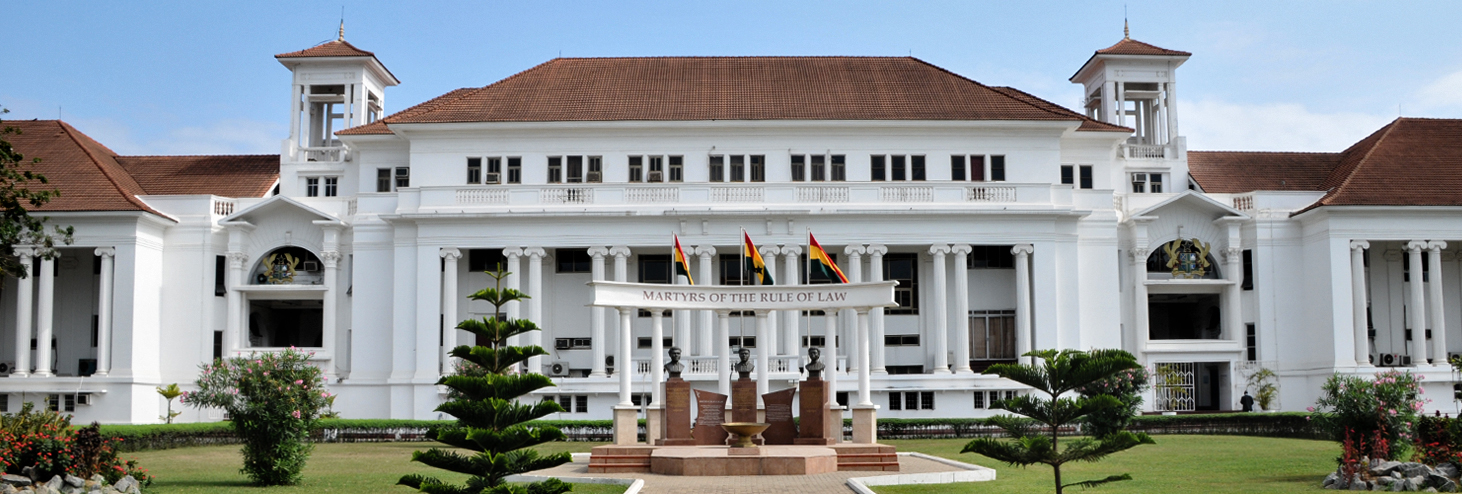
On the introduction of the video evidence of NDC’s Press Conferences claiming victory to the 2020 elections by Akoto Ampaw during the cross-examination of star witness Asiedu Nketia for the petitioner, I do not know how that helps the respondents’ defense irrespective of its admissibility.
That because petitioner’s witness had claimed victory to the election outside the court room, his insistence on the administrative and mathematical blunder committed by the first respondent becomes moot.
You can make any claims outside the court but when you go to court you bring a reasonable action which you can prove or satisfy without any doubt.
In the 2012 elections, the NPP also held series of press conferences claiming victory, even when they have lost the parliamentary elections, but when they went to court, their case was that the court should annul results of some polling stations before they can be declared winners.
If they had provided enough basis to the court, that those votes were illegitimate, their claims outside the court wouldn’t have mattered.
Their case was thrown out because they were not able to provide any reasonable basis why those results should be annulled.
The crust of the NDC’s case is that the second respondent did not cross the constitutional threshold of 50% plus one to warrant the declaration in his favour.
Whether the petitioner won the elections or not is immaterial to the petitioner’s case. The core question which the court must answer after this trial is whether the second respondent got the required 50% plus one.
This question cannot be answered by relying on the first respondent’s figures alone which in the short duration of this trial has been abundantly discredited. How the court decides to arrive at the answer to this question will be at the heart of the fairness of this trial.
Unless my mathematics is bad, I know that there were three possible outcomes in the December 2020 elections; either the second respondent won or the petitioner won or none of them had the required 50% plus one.
Three different outcomes which were all possible after elections and each of them had its own consequences.
This is the petitioner’s case!!!
****
The writer is the Executive Director of the Alliance for Social Equity and Public Accountability (ASEPA), an anti-corruption and civil advocacy group.
